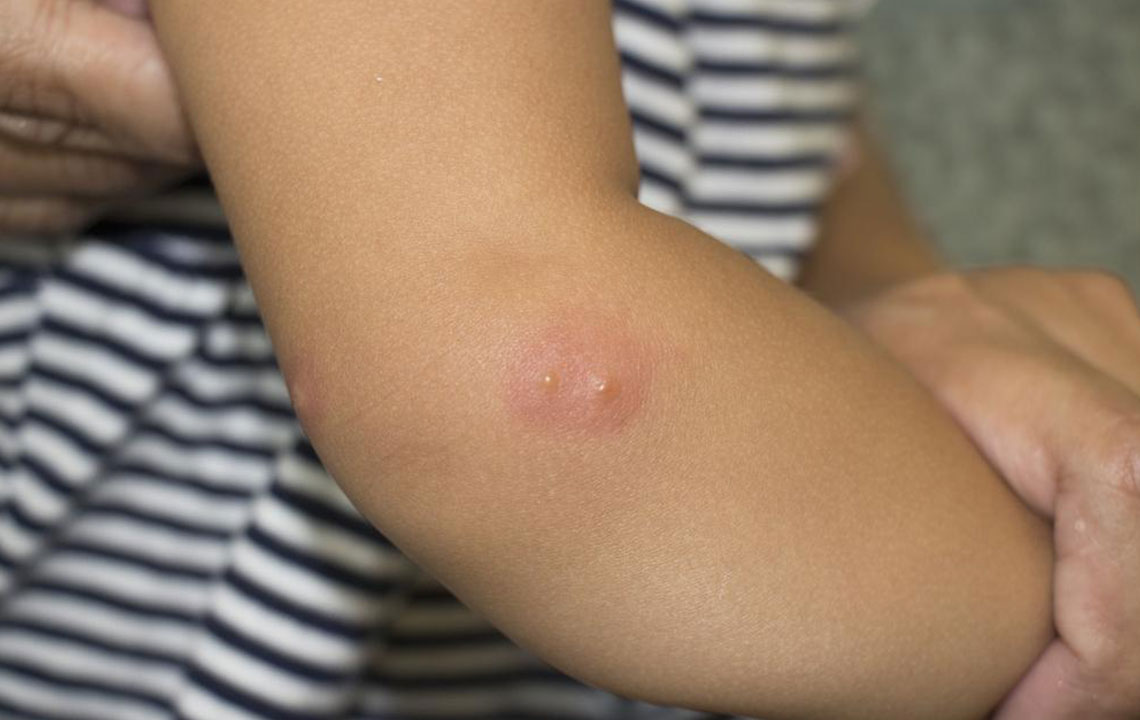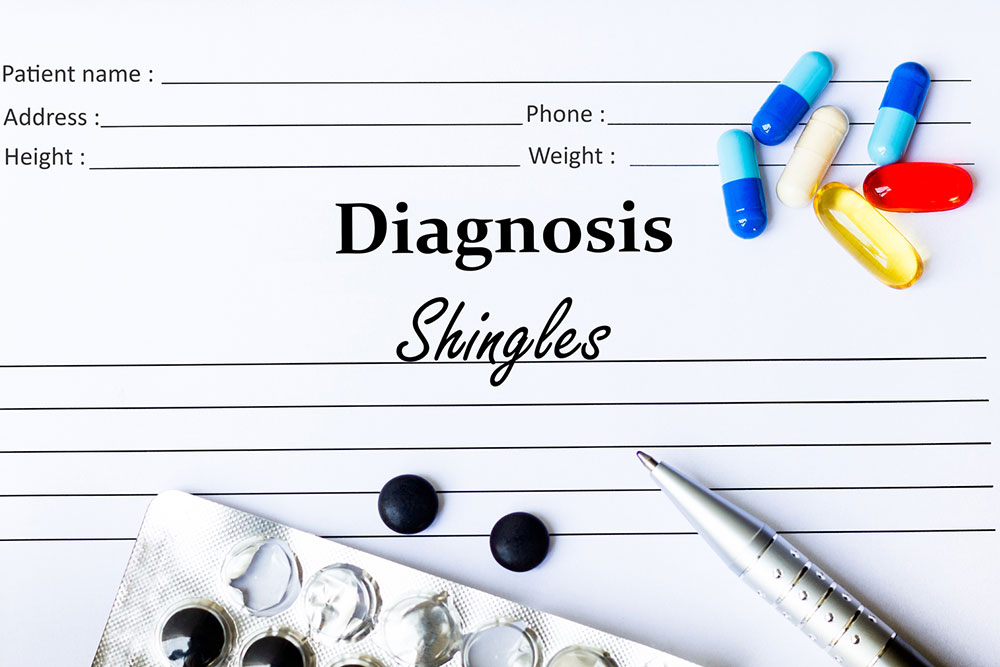Shingles Causes, Symptoms And Treatment
Shingles – Causes, symptoms, and treatment
We try our level best to keep diseases at bay by adhering to a healthy lifestyle. However, in spite of our best efforts, various diseases pounce on us the moment they find a fault in our immune system. These bacteria or viruses can wreak havoc in our system if they go unnoticed for a long period. Timely detection of the same and the right medication goes a long way in combating such conditions.

Shingles are one such condition that though not life-threatening can cause great unease and discomfort. However, if one can read the symptoms of shingles and seek timely medical help, they will be free of the excruciating pain that accompanies shingles. Here’s everything you need to know about shingles.
What is shingles?
- Shingles is a form of infection that affects the skin and causes a breakout of painful rashes on the surface of the skin in the form of a band or strip. These breakouts can appear on any part of the body.
- Shingles affect people with lower immunity system, so older adults and the ones who have just recovered from an ailment are more prone to shingles than the other rest of the populace.
- What makes shingles formidable is that it keeps recurring unless proper measures are taken to keep it in check.
What causes shingles?
- A virus called varicella zoster virus has been identified as the culprit for causing shingles.
- Shingles, also known as herpes zoster, is triggered by the virus that causes chickenpox. After one recovers from chickenpox, the virus that causes it remains in the body.
- The chickenpox-causing virus remains in a dormant state till some factors trigger it. Once the virus becomes active, it causes angry red rashes to appear in the form of a strip on the surface of the skin.
- What triggers this virus is unknown, but physicians are of the opinion that this virus is triggered by the onset of certain diseases, stress or even the aging process.
- However, unlike other skin infections shingles isn’t infectious, but shingles pain management poses a great challenge since the rashes cause immense pain.
What are the symptoms of shingles?
Any disease, before it manifests itself completely shows certain signs and symptoms, which can be considered as a premonition of a disease that is about to strike. The symptoms of shingles are as follows-
- Before the appearance of the rashes, fever sets in, accompanied by chills and stomachache or diarrhea.
- The lymph nodes become tender and swollen before shingles become evident.
- Before shingles appear, the affected area becomes tender, and the person might experience a burning, tingling sensation around it. As the shingles become more prominent than before, the pain increases, and it becomes necessary to seek shingles pain management techniques.
Can home remedies help in shingles pain management?
Home remedies play a major part in shingles pain management, and since the natural ingredients are at play here, one doesn’t have to worry about side-effects. The effective home remedies that help in shingles pain management are as follows:
- Cold compress – Since heat is known to worsen rashes, one can apply a cold compress to the affected area. It will reduce the itching and burning sensation that accompanies the rashes and blisters. The coolness will effectively reduce the pain caused by shingles and is an effective shingles pain management technique.
- The baking soda and cornstarch paste – People vouch for this method as the perfect shingles pain management technique. Make a paste of baking soda and cornstarch and apply it on the affected area. This paste will speed the drying process of the sores and can provide relief from the itching sensation.
- Dietary changes – Another effective way of managing the pain caused by shingles is to make dietary changes. Dairy products and oily food are known to worsen the condition, so add foods rich in vitamin A, B-12, C, and E. It quickens the healing process.




